Category: Brain
-
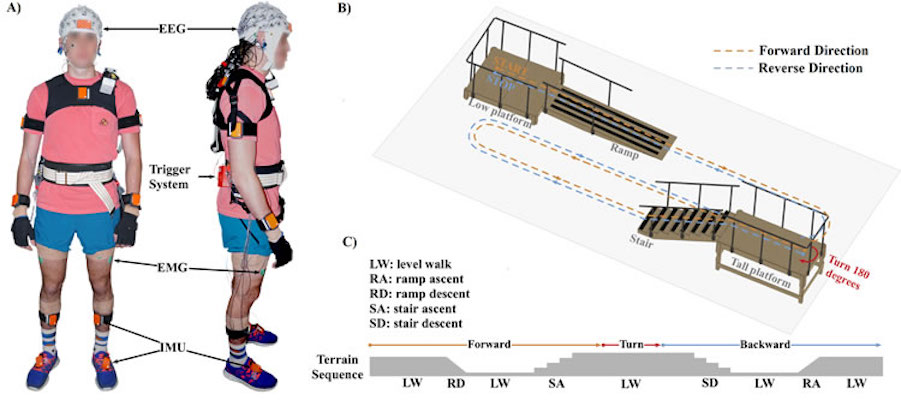
Closed loop EEG/BCI/VR/physical therapy system to control gait, prosthetics
Earlier this year, University of Houston’s Jose Luis Contreras-Vidal developed a closed-loop BCI/EEG/VR/physical therapy system to control gait as part of a stroke/spinal cord injury rehab program. The goal was to promote and enhance cortical involvement during walking. In a study, 8 subjects walked on a treadmill while watching an avatar and wearing a 64…
-
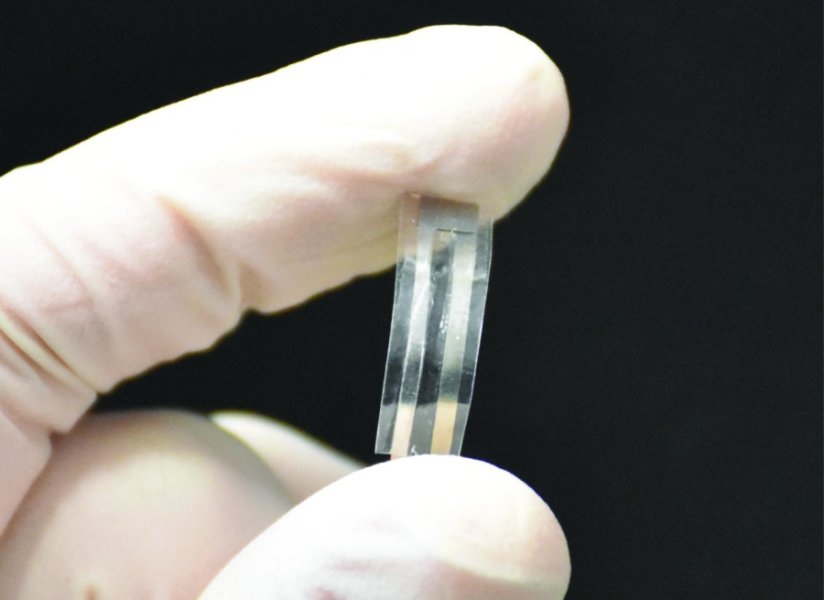
Biodegradable piezoelectric sensor monitors lungs, brain
UConn’s Thanh Duc Nguyen has developed a biodegradable pressure sensor to monitor chronic lung disease, swelling of the brain, and other health issues. It is small and flexible and designed to replace existing, potentially toxic, implantable pressure sensors. Those sensors must be removed, subjecting patients to another invasive procedure, prolonging recovery, and increasing infection risk.…
-
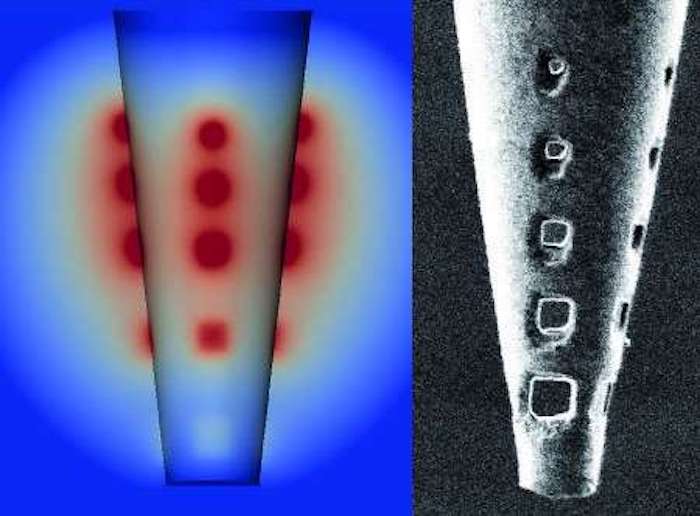
Neural microcircuits mapped in greater detail; surrounding tissue left intact
Andreas Schaefer and Francis Crick Institute colleagues have developed a brain mapping technique that is said to be far more comprehensive than previous methods, and could be a breakthrough if successfully tested on human brains. It has, so far, only been tested on mice. 250 cells that make up a microcircuit in part of a…
-
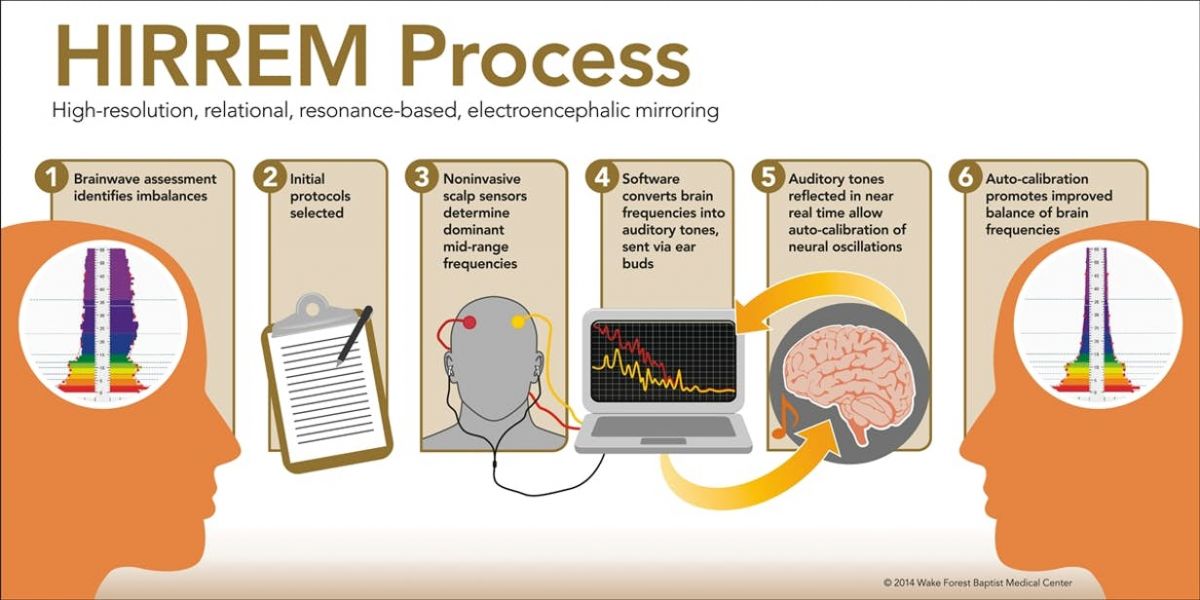
Acoustic stimulation reduced PTSD symptoms in small study
Wake Forest’s Charles H. Tegeler has found that non-invasive brainwave mirroring technology significantly reduced symptoms of post-traumatic stress in soldiers. High-resolution, relational, resonance-based, electroencephalic mirroring (HIRREM) is used as a non-invasive, closed-loop, acoustic stimulation approach. Algorithms translate brain frequencies into audible tones in real-time. Tegeler compares this to an “acoustic mirror.” Through resonance between brain…
-
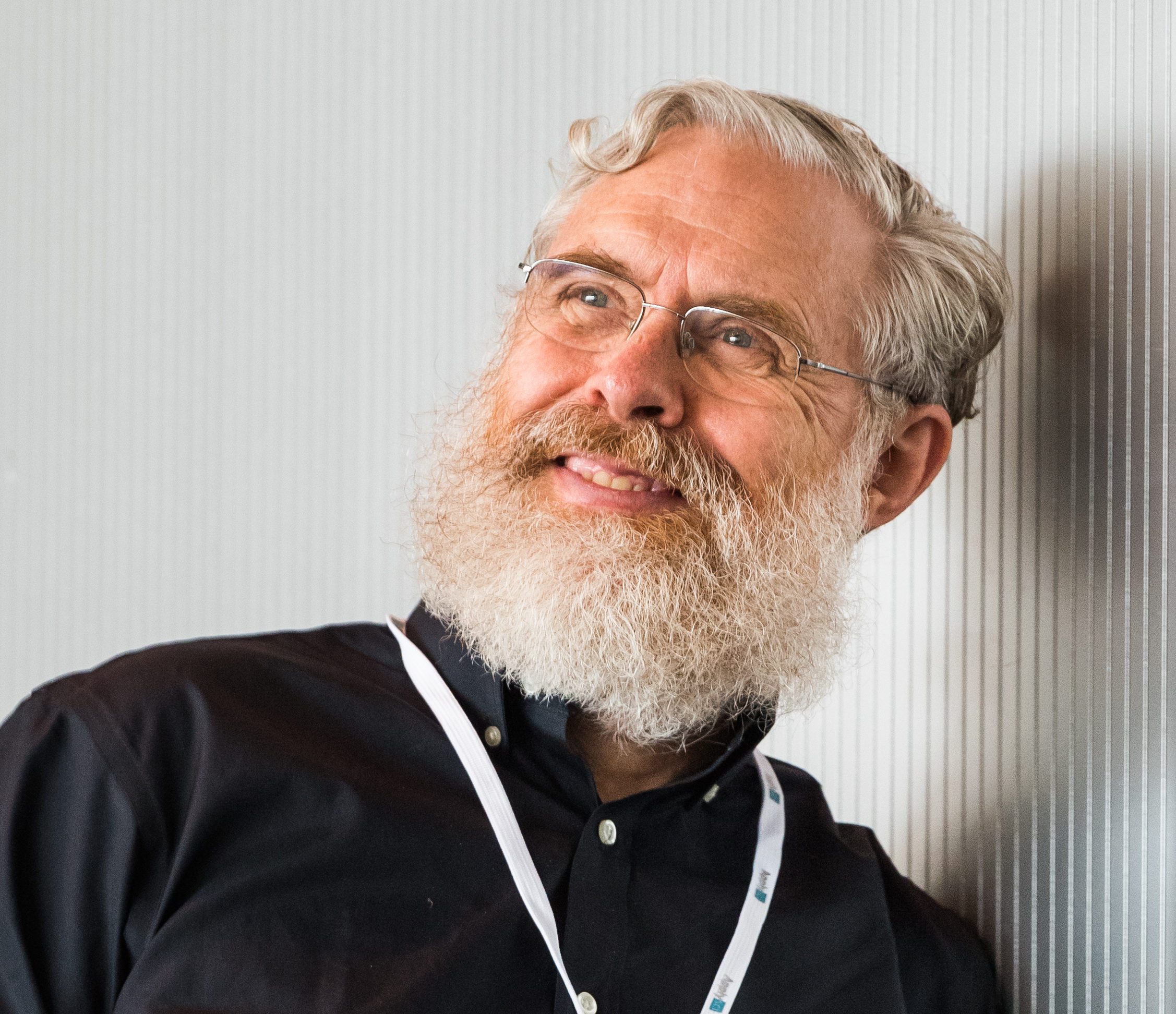
Video: George Church on reading and writing brain structures and functions
Recorded at ApplySci’s Wearable Tech + Digital Health + Neurotech Boston conference on September 19th at the MIT Media Lab Join ApplySci at Wearable Tech + Digital Health + Neurotech Silicon Valley on February 26-27, 2018 at Stanford University. Speakers include: Vinod Khosla – Justin Sanchez – Brian Otis – Bryan Johnson – Zhenan Bao…
-
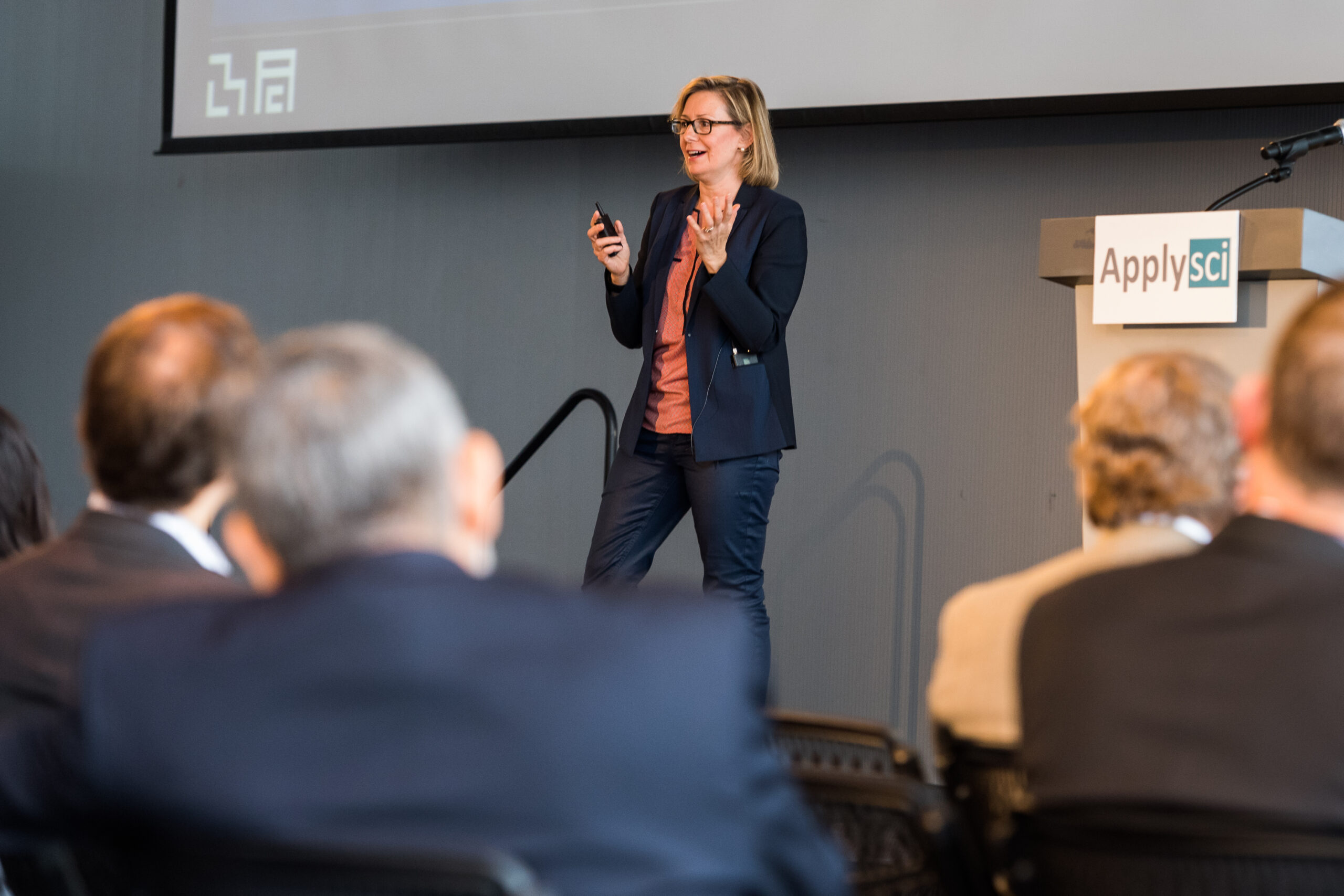
Video: Roz Picard on wrist-sensed stress, seizure & brain data
Recorded at ApplySci’s Wearable Tech + Digital Health + Neurotech Boston conference on September 19th at the MIT Media Lab Join ApplySci at Wearable Tech + Digital Health + Neurotech Silicon Valley on February 26-27, 2018 at Stanford University. Speakers include: Vinod Khosla – Justin Sanchez – Brian Otis – Bryan Johnson – Zhenan Bao…
-
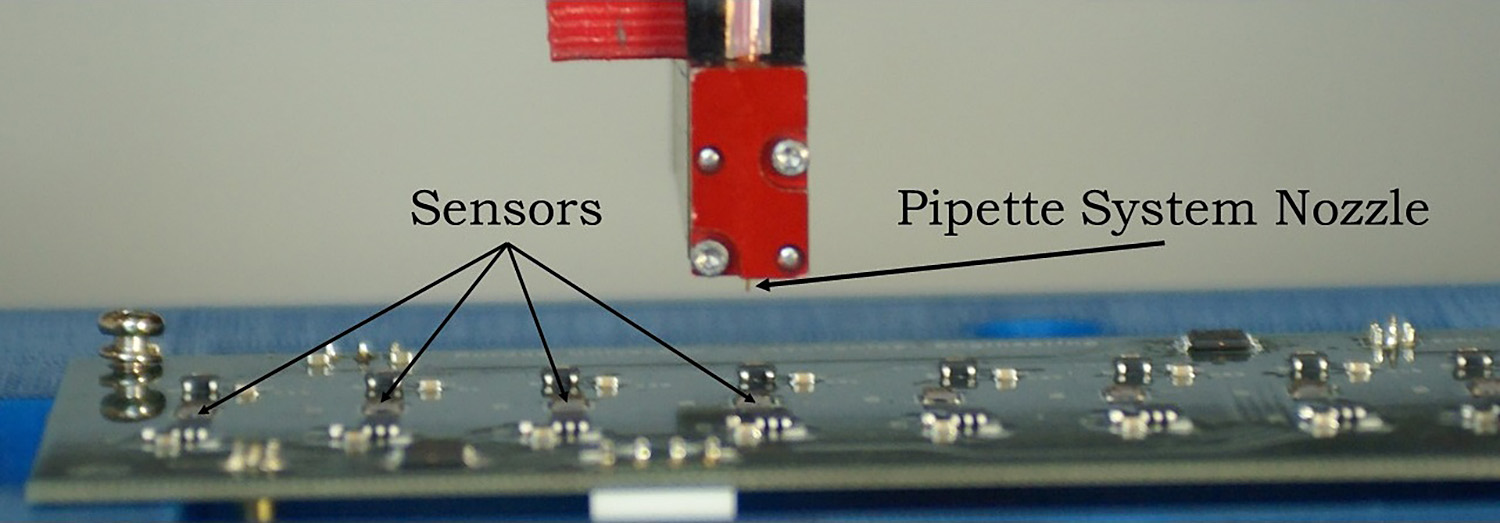
Vibrating sensors could detect TBI, disease, infection in drop of blood
Purdue’s Jeffrey Rhoads, George Chiu, and Eric Nauman have developed a method to identify biological markers in small amounts of blood that they believe can detect diseases and infections and conditions such as traumatic brain injury at an early stage. An array of sensors enable statistical-based detection The small, cheap vibrating sensors use a piezoelectrically actuated resonant microsystem to…
-
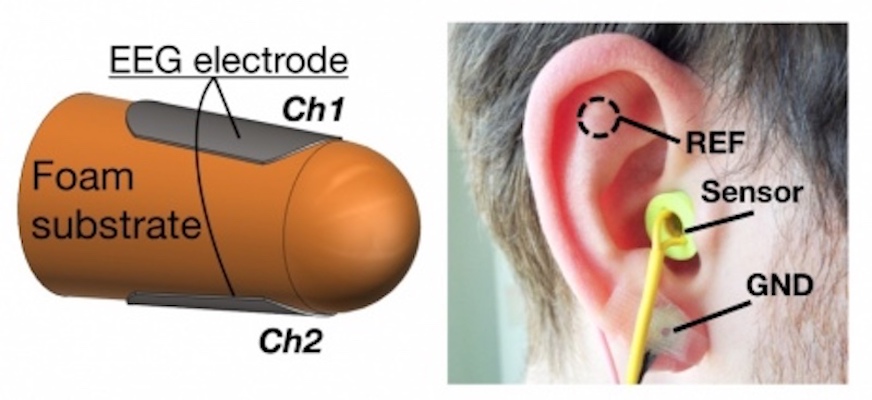
Small, foam hearable captures heart data
In a small study, Danilo Mandic from Imperial College London has shown that his hearable can be used to capture heart data. The device detected heart pulse by sensing the dilation and constriction of tiny blood vessels in the ear canal, using the mechanical part of the electro-mechanical sensor. The hearable is made of foam and…
-

Closed-loop control of drug delivery across the blood brain barrier
Tao Sun, Nathan McDannold, Eric Miller and Brigham & Women’s and Tufts colleagues have developed a controller that offers a finer degree of control in penetrating the blood brain barrier for drug delivery. The technology, only tested in rats, could improve safety in humans if found effective. Using focused ultrasound and microbubbles as before, the team…
-

Researchers claim to improve human memory with implanted electrodes
In a small study, USC’s Dong Song demonstrated the efficacy of an implantable “memory prosthesis.” Dr. Song presented his work at the Society for Neuroscience conference in Washington this week. 20 volunteers had the device implanted at the same time as electrodes for epilepsy treatment, a procedure which they had already planned. The “prosthesis” collected brain…
-
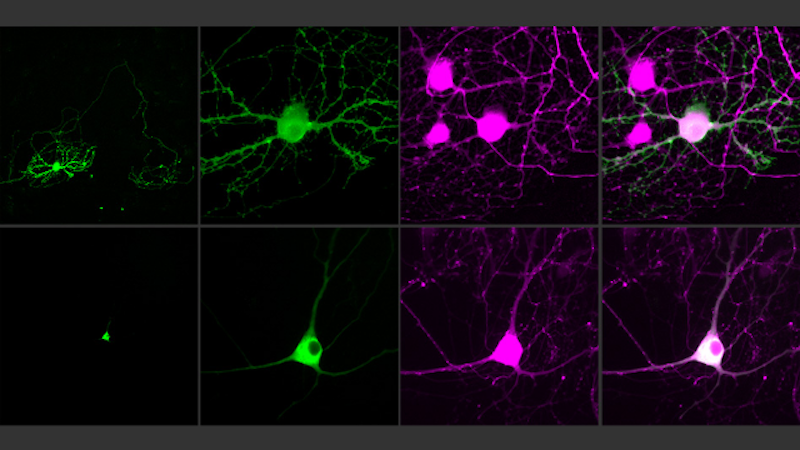
Optogenetic technique controls single neurons
MIT’s Ed Boyden and Paris Descartes University’s Valentina Emiliani have developed a new optogenetic technique, combined with new opsins, that stimulates individual cells with precise control over both the timing and location of the activation. This will allow the study of how individual cells, and connections among those cells, generate specific behaviors such as initiating a movement or…
-

Silicon probes record hundreds of neurons simultaneously
Neuropixels, developed by HHMI’s Tim Harris, are electrodes that record brain activity from hundreds of neurons. Previously, it was not possible to measure the joint activity of individual neurons distributed across brain regions. Recording methods could either resolve the activity of individual neurons or monitor multiple brain regions. UCL, Allen Institute for Brain Science, IMEC researchers collaborated on…